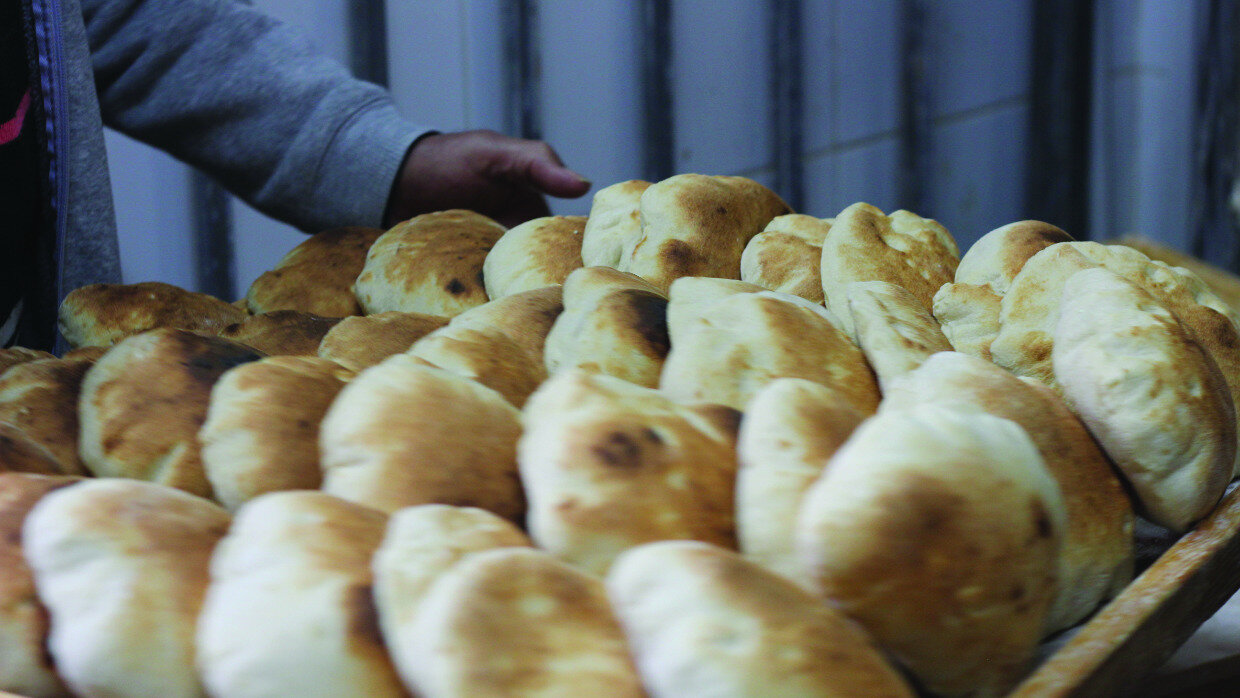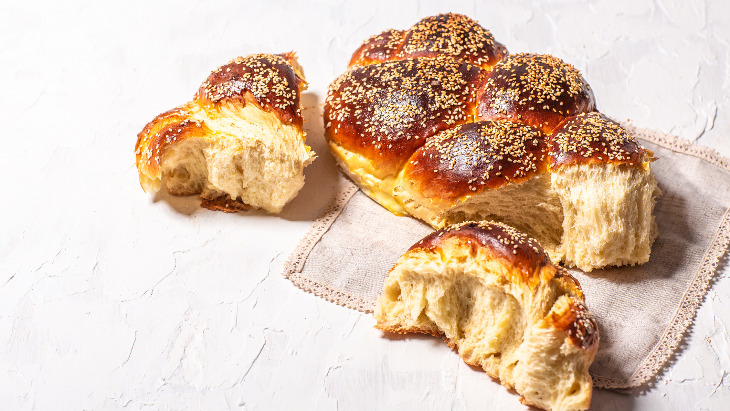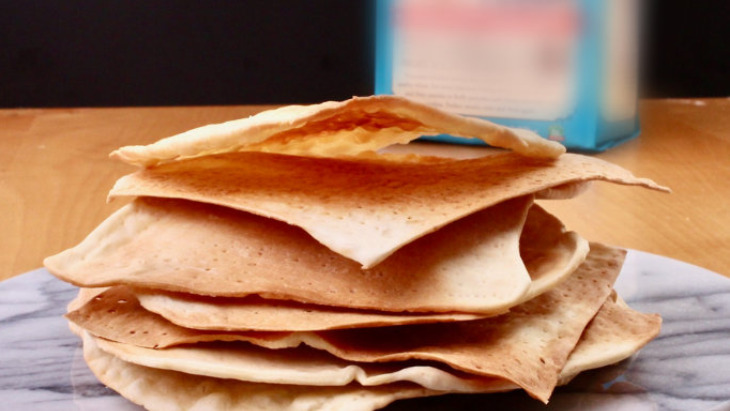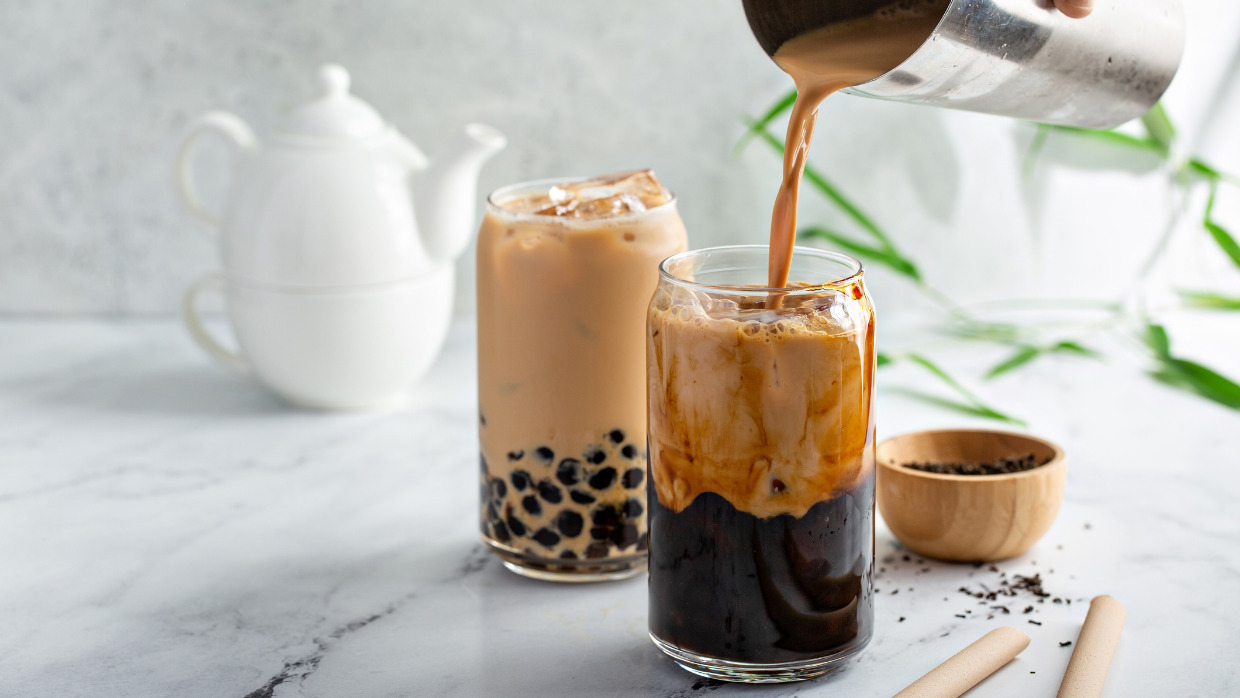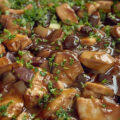“Hamotzi Lechem Min Haaretz”…do you recognize the Jewish prayer said before eating bread?
This is one of the most well known Jewish blessings– it is referenced often in pop culture whenever a “Jewish prayer” is in order.
Take this scene from The Big Bang Theory, when Howard was returning from a trip to space at breakneck speed, in his fear he called out to God, reciting…the Jewish blessing over bread. “We don’t have one for falling out of space!” he quipped.
Bread to the rescue. We take our breads seriously and include them in every festive meal. We have ancient biblical breads and newer cultural breads. Breads used for religious expression and breads used for lox and cream cheese.
Here are 10 of the best Jewish breads.
Challah
Let’s start with challah, the bread most often associated with Jewish rituals. We have two loaves of challah at every Shabbat and most holiday meals. Learn more about challah and get recipes with tips and tricks for shaping and using leftovers in our FREE challah ebook.
Generally, challah is braided, but during certain seasons, we spruce our ritual bread up further. From Rosh Hashanah to Sukkot, we add extra sweetness and a round shape to our challah to represent our hopes for renewed blessings for a new year.
Chapati
Jews throughout the Diaspora have adapted our customs to local cuisine. Indian Jews forgo braided challah for Indian flatbread, Chapati. Like challah, chapati is covered with a special cover until the Hamotzi blessing is recited.
The chapati is sprinkled with salt after the blessing, a ritual done with challah as well. Adding salt derives from the times of the Temple, when all offerings on the altar were salted. Now that we are living in a time without a Temple, we liken every Jewish home as a mini-Temple and every Jewish table a mini-altar.
Kubaneh
If we travel from India to Yemen, we would find the origins of another Sephardi cousin to Shabbat challah, Kubaneh.
Kubaneh is a Yemenite bread with a crisp crust and buttery interior, traditionally baked overnight and served Shabbat day. It is served with a spicy tomato sauce.
Pita
Pita is a quick bread baked at a high temperature which creates the distinctive pocket that makes it the perfect holder for some of Israel’s best street food, from shawarma to falafel.
While the Greeks generally lay claim to the creation of the pita, the first reference to a pita-like bread occurred in the Bible, when the first Jew, Abraham welcomed guests by sharing, “I will fetch a morsel of bread (pat in Hebrew) so that you may sustain yourselves…” (Genesis 18:5).
Jewish Rye Bread
Rye bread has long been associated with Jews because it was a bread Jews relied on in the harsh environs of Eastern Europe. Historically it was seen as peasant bread because of its hardy, gritty texture, but over time it has resurged as a Jewish deli classic enjoyed by many.
Bagels
Bagels, lox, and cream cheese have so deeply entered the culture of American Jewry that it almost feels biblical.
Before immigrating with Jewish refugees, bagels can be dated back to the 17th century. In a Jewish ghetto in Poland they were recorded as the food served to women in labor and at circumcisions. Their circular shape symbolizes the eternal circle of life, and were thought to ward off the evil eye.
It’s no wonder bagels remain a popular choice for breakfast, break-fast, and post-bris brunches.
Pletzel
Lesser known than their Eastern European bagel counterparts, the pletzel was a specialty made in the 19th century by Russian Jews who fled to Western Europe to escape the ceaseless pogroms. These Jews landed in France, where they popularized the Pletzel, a flatbread topped with onions and poppyseeds.
Malawach
Malawach is another Jewish Yemenite flatbread, but this one is a quick and cooked on the stove. Like pita, malawach has become a popular street food throughout Israel.
Russian Kulich
While usually Purim is associated with hamantaschen, the classic triangular dessert served on the holiday, some Jewish communities created Purim-specific breads throughout the years.
In Russia, Kulich, long sweet challah loaves resembling ropes were baked to represent the rope the Purim antagonist Haman was hanged with, Haman wanted to hang the Jewish leader Mordechai and annihilate the entire Jewish nation. At the end of the Purim story, Haman’s evil edicts are overturned and Haman himself was hanged instead.
Boyoja Ungola di Purim/Folares
In both Morocco and Rhodes, the two Jewish communities would bake boiled eggs into their loaves as a Purim treat.
The Moroccan bread, Boyoja Ungola di Purim, included eggs to represent Haman’s eyes, which would be ripped out of the bread just as Haman’s evil was ripped away in the Purim story.
The bread of the Jewish community of Rhodes, Folares, included eggs that looked caged into the bread. THis was to represent Haman, trapped inside his own evil plan.
Matzah
After Challah, matzah is probably the next most iconic Jewish bread even though it’s really only eaten during the holiday of Passover, when we only eat unleavened bread. Truthfully it’s not easy to make matzah that is kosher for Passover because there are strict rules on how matzah must be mixed and baked in under 18 minutes. Still it’s a fun year round activity to make your own homemade matzah.




